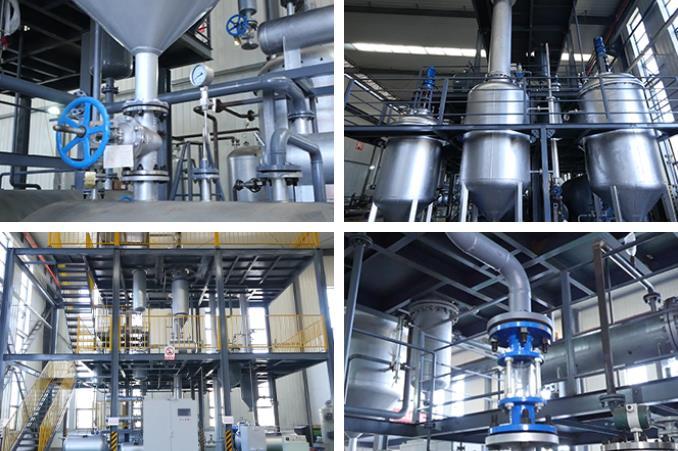Overcoming Challenges in Waste Oil Recycling: Solutions and Strategies

Waste oil recycling is a crucial aspect of sustainable waste management, offering environmental and economic benefits. It involves the collection, processing, and reutilization of used oil, preventing pollution and conserving resources. However, like any industry, waste oil recycling faces its own set of challenges. In this article, we will explore some of the key challenges faced by waste oil recycling plants and discuss the solutions and strategies employed to overcome them.
Challenges in Waste Oil Recycling
1. Contaminants and Impurities
Used oil often contains contaminants such as water, heavy metals, and solids. These impurities can complicate the recycling process, leading to reduced product quality and efficiency.
2. Regulatory Compliance
Compliance with environmental regulations and safety standards is paramount. Meeting these standards can be complex and costly, requiring continuous monitoring and adjustments.
3. Market Fluctuations
The market for recycled oil can be volatile due to fluctuations in crude oil prices and competition from cheap, new oil. This can affect the profitability of recycling operations.
4. Technological Complexity
The technology required for waste oil recycling can be intricate and expensive, making it a barrier to entry for smaller operators.
5. Collection and Transportation
Efficient collection and transportation networks are essential for a steady supply of waste oil. Developing and maintaining these networks can be a logistical challenge.
Solutions and Strategies
Advanced Filtration and Purification
To address contaminants, waste oil recycling plants use advanced filtration and purification systems. These technologies remove impurities, improving the quality of the recycled oil.
Comprehensive Compliance Programs
Robust compliance programs are established to ensure adherence to environmental and safety regulations. Regular audits and staff training help maintain compliance.
Diversification of Products
To mitigate market fluctuations, recycling plants diversify their product offerings. This can include producing not only recycled oil but also lubricants, hydraulic fluids, and other specialty products.
Investment in Research and Development
To address technological complexity, significant investments are made in research and development (R&D). This leads to more efficient and cost-effective recycling methods.
Collaborative Networks
Building collaborative networks with waste oil generators, transporters, and other stakeholders streamlines the collection and transportation process, ensuring a consistent supply of waste oil.
Public Awareness and Education
Initiatives aimed at educating the public and industries about the benefits of waste oil recycling help increase participation and support for recycling programs.
Government Incentives
Governments may offer incentives such as tax breaks or subsidies to encourage waste oil recycling and support the development of recycling infrastructure.
Conclusion
Waste oil recycling is an essential component of sustainable waste management, but it is not without its challenges. However, the industry has shown resilience and adaptability in the face of these challenges by implementing innovative solutions and strategies. Advanced technologies, compliance programs, diversification, and collaborative efforts have transformed waste oil recycling into an environmentally responsible and economically viable sector.
As we move towards a more sustainable future, waste oil recycling will continue to play a crucial role in reducing pollution, conserving resources, and supporting a circular economy. By overcoming these challenges, the industry demonstrates its commitment to environmental stewardship and economic growth.
- Art
- Causes
- Crafts
- Dance
- Drinks
- Film
- Fitness
- Food
- Games
- Gardening
- Health
- Home
- Literature
- Music
- Networking
- Other
- Party
- Religion
- Shopping
- Sports
- Theater
- Wellness
- IT, Cloud, Software and Technology


